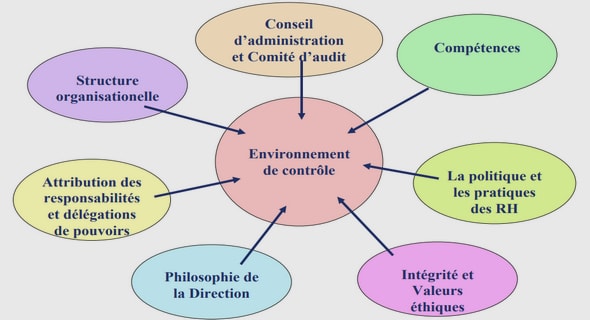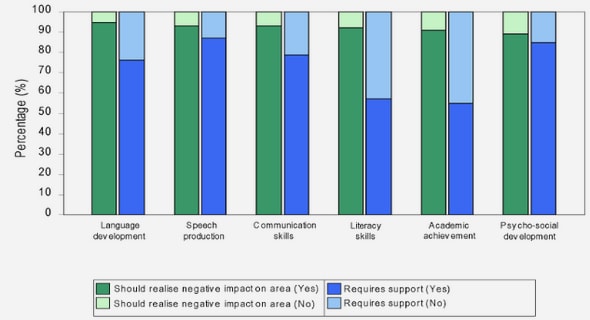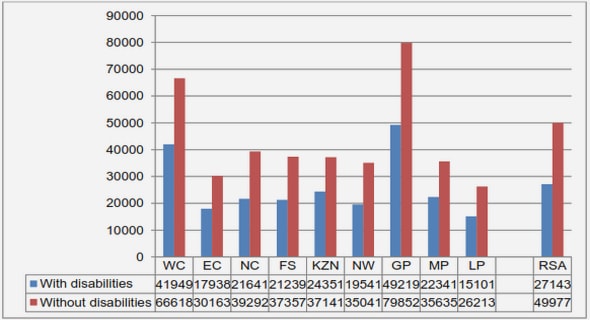Get Complete Project Material File(s) Now! »
Analogy for the transformed domains
There are two ways of modelling the transition between two domains: by flow or by intensity. The best way to think of this is to look at it as energy floating from one part of the system into other parts of the system. In the electric domain this corresponds to the relation flow and electric current, intensity and voltage. In the mechanical domain the flow is velocity and the intensity is force, and in the acoustic domain we have that the flow is acoustic flow and the intensity is pressure. When the connection between the elements are of flow type the transition of energy is made by a gyra-tor, and when the connection between the elements are of intensity type the transition is made by a transformer1. In the case of the cone speaker, the transition between the mechanical and the acoustic domain is of intensity type and therefore a transformer mediate the energy. Between the electrical and the mechanical domain, a flow is supplying the connection between the domains and therefore a gyrator is the component here.
The resulting scheme is describing the transfer function from electrical sig-nals from the amplifier to the sound pressure created from the cone. The transitions are quite complex and are further described in [Gus04], page 15 to 22. The model described with the schemes above just take the cone speaker in consideration. As seen below many more components and have to be considered if the speaker box is included in the system.
Ported Cabinet
The ported loudspeaker cabinet has besides the opening where the radiator is mounted, a second opening, the port. The port creates together with the volume a Helmholtz resonator that is driven by the backside of the radiator.
At the specific frequency where the port and cabinet has a resonance, the impedance has a maximum. This frequency is called the Helmholtz frequency. The maximum of the impedance gives that the velocity of the radiator has a minimum. This is valid no matter what the resonance frequency of the radiator is. In this stage the main sound pressure comes from the port and just a fraction from the radiator. Compared to a closed cabinet, the ported cabinet achieves the same sound pressure with smaller radiator motion and lower distortion. This is the main advantage for the ported cabinet. Figure 2.4 shows a ported cabinet with a single radiator mounted in it.
Internal Model Control
The control design used for this project was Internal Model Control (IMC). The IMC method demands a model G of a stable system G0, see Figure 2.8. The structure of this control design is made so that only the difference between the modelled output and the actual output is fed back. The error signal that is fed back is according to figure above: w = y − Gu (2.2.1).
This signal is then fed back via a transfer function Q and added to the reference signal: u = −Q(y − Gu) + Qr,˜ r˜ = r (2.2.2).
Radiators
The choice of the tweeter and midrange was based on the suitable frequency range and the flatness of the frequency response in that range. For the tweeter, the choice fell upon a SEAS H535 25TAC/D and the recommended frequency range is 2000 Hz to 25000 Hz. The midrange radiator has a rec-ommended frequency range between 100 Hz to 4000 Hz, and is a 5” SEAS H422 MP14RCY. There is an external analogue filter that separates the fre-quencies feeding the tweeter and the midrange loudspeaker. The crossover frequency is at 2500Hz.
For woofer radiator, the long stroking 10” Peerless SWR 269 with corre-sponding passive radiator, was chosen. This constellation together with the cabinet, a Helmholtz resonance at 26,3 Hz was achieved. The data sheets concerning these radiators are found at the back of the loudspeaker manual [JA03].
Current Measurement Device
The signal that is used for feedback is the current that flows through the woofer radiator. In order to get a measurement of the current to the digital signal processor the level of the voltage has to be below 3.3 volts because of the maximum input to the DSP. The current that flows through the radiator is relatively high, so therefore the resistors that are used must be able to han-dle large amounts of power.
Harman/Kardon Amplifier
The Amplifiers consists a of regular HIFI amplifier, Harman/Kardon Cita-tion Seventeen and a preamp, Harman/Kardon Citation Nineteen. Data sheets for these amplifiers are at the back of the manual. The frequency re-sponse for the amplifier is flat, which have been verified by several laboratory experiments.
Digital Signal Processor
The Digital Signal Processor (DSP) is one of the most important parts of this system. To be able to create the feedback loop and manipulate the signal in the desired way the choice of DSP is crucial. The requirements to fulfill is a DSP with fast AD/DA-converters and be able to perform a lot of calculations per second. One of the decisive reasons depended on that the signal to the midrange and tweeter also was going through the DSP. This was made in order to get the same delay on the signals. To be able to preserve a good sound quality of the frequencies in the upper range, it is necessary to sample the source with at the least 44,1 kHz.
The DSP that is used is a Texas Instrument TMS320C6701 EVM kit with Code Composer Studio 2.10 bundled with it. The DSP has a ADC and a DAC that are able to use a sampling frequency of 48000 Hz. A data sheet for the DSP is found at the back of the manual [JA03].
Identification toolbox and Validation
For the modelling part of this project, the Matlab identification toolbox Ident was used. Ident is a Graphical User Interface (GUI) made to be a convenient solution to calculate models for input and output data from a process. The toolbox contains all necessary tools for making a well adjusted model to a certain system. Functions like down sampling, mean removal, trend removal and filtering are all included in the GUI.
Validation is also made in Ident by using a piece of the data sequence that is not used when calculating the models. The output from the calculated model is then compared to the real output. The model then gets a indication of how well the model agrees to the real system. If the value is 100 the match is perfect.
Table of contents :
1 Introduction
1.1 Background
1.2 Aimof thesis
1.3 Thesis Outline
2 Theory
2.1 Speaker theory
2.1.1 The cone speaker
2.1.2 Analogy for the transformed domains
2.1.3 Ported Cabinet
2.2 Control theory.
2.2.1 InternalModel Control
2.2.2 Transfer function minimization
3 System Description
3.1 The Loudspeaker
3.1.1 Cabinet
3.1.2 Radiators
3.2 Current Measurement Device
3.3 Harman/Kardon Amplifier
3.4 Digital Signal Processor
4 Modelling
4.1 Identification toolbox and Validation
4.2 Open Loop System
4.3 Current measurement model
5 Results and Discussion
5.1 Control Design
5.2 Implementation
5.2.1 Fine tuning the controller
5.3 Results
6 Future work
6.1 Feed forward Link
6.2 Optimized C-code
6.3 More advanced modelling and controller
6.4 Stand alone product
7 Conclusions and Acknowledgments
7.1 Conclusion
7.2 Acknowledgments
Bibliography


